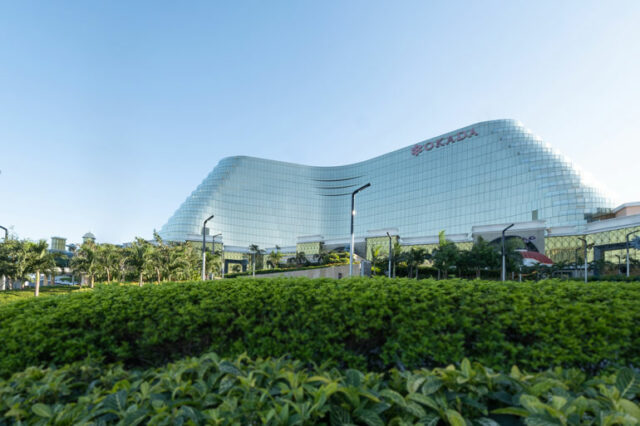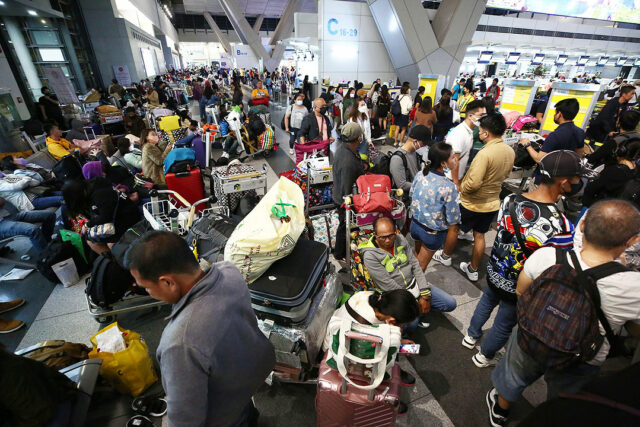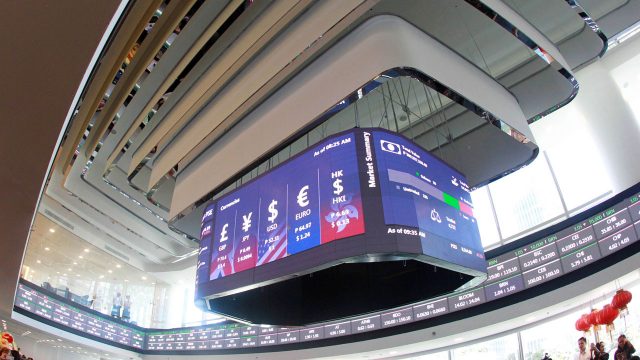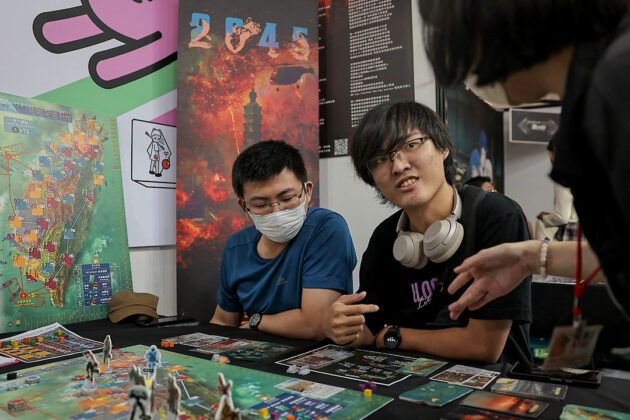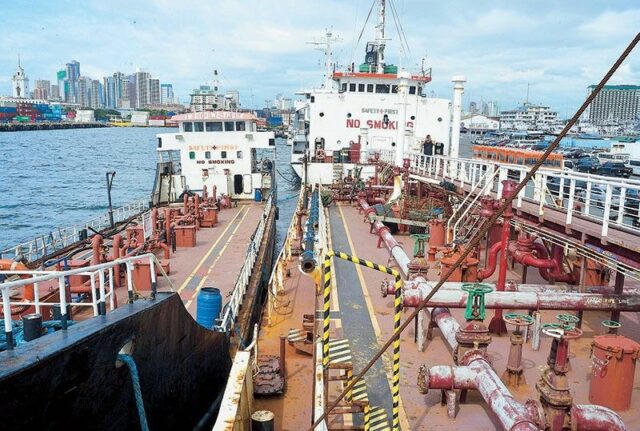Kickstart Ventures to fund up to five startups in 2025
By Beatriz Marie D. Cruz, Reporter
VENTURE capital Kickstart Ventures, Inc. seeks to fund as many as five startups in the Philippines and overseas this year that focus on artificial intelligence (AI) and cybersecurity.
“We hope to do anywhere between three to five new deals this year,” Joan Yao, vice-president of investments at Kickstart Ventures, told BusinessWorld in a video interview. “We have a fair amount of capital also set aside to continue supporting our existing companies.”
The company closed five deals last year involving startups in e-commerce, retail, AI, cybersecurity and health, she added.
Kickstart Ventures was started in 2012 with a starting fund of $2.5 million (P144.8 million).
Kickstart Ventures seeks to focus on AI startups to help Globe and Ayala Corp. strengthen their capacity to adopt AI, Ms. Yao said. “Some things will stay the same, in that I think AI continues to be an area where there’s a lot of activity, innovation and interest.”
Kickstart Ventures has about 70 companies in its portfolio including Skillshare, edamama, coins.ph, Kumu, Zalora and Pickup Coffee.
“We are both kind of trying to do and invest in new stuff, but will continue to support the existing portfolio so that we can get good outcomes and returns,” Ms. Yao said.
In 2024, the Philippine startup industry saw the emergence of “tech fog,” Kickstart Ventures Vice-President of Investments Mike Maté said. “Things are still a little bit murky, and it’s unclear what’s going to happen in the future.”
“What we’re seeing is a little bit of overpowering the lifting of the previous tech winter,” he said, referring to the slowdown in the tech industry after a period of rapid growth. “Now it’s more of a tech fog.”
“But now, that winter is kind of making way for spring, but it’s more of a fog. In a fog, you know where you’re going but you really can’t see the way.”
To recover from the “tech fog,” the startup industry should to “really go back to fundamentals.” “So for startups, that’s prioritizing unit economics, profitability and de-emphasizing rapid growth that we’ve seen,” Mr. Maté said.
Many startups in Kickstart Ventures’ portfolio have been “reorienting their strategies towards just becoming more profitable and becoming more fundamentally sound.”
Venture capitals have been focusing on startups with quality fundamentals, long cash runway and proven commercial capacity, Mr. Maté said.
Financial inclusion and online-to-offline commerce present opportunities for growth and innovation in the startup industry, Ms. Yao said.
To boost the growth of startups in the Philippines, Kickstart cited the need to improve the ease of doing business, cut red tape, improve digitalization and increase transparency.
Ms. Yao also cited the need for the startup community to work with more academic institutions.
“I think talent comes where there’s opportunity, really it’s about convincing people that there’s opportunity here and that big things can be built.”


